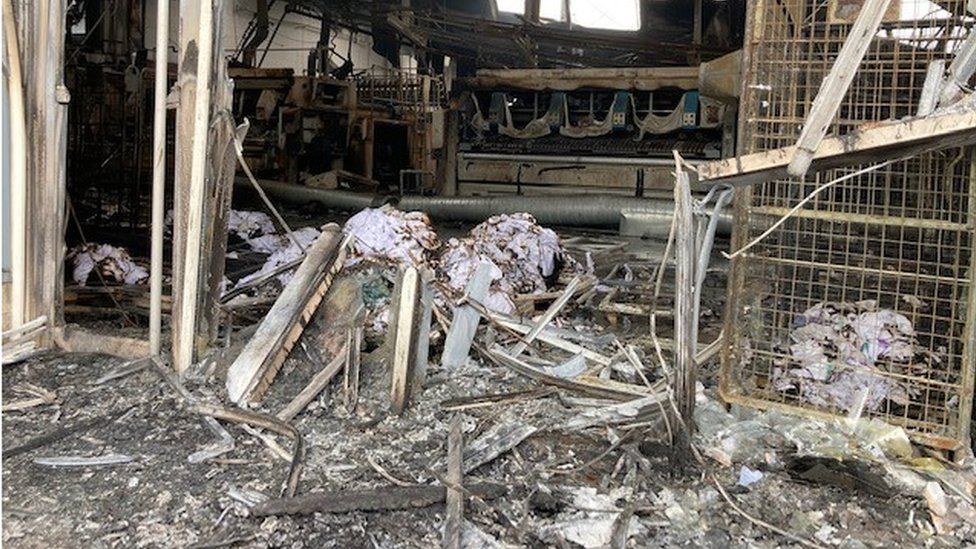A large scale laundry fire was recently reported by BBC, luckily no casualties, but the business will take considerable time to be re-established. No doubt fire investigators are working to determine the cause(s) – self-heating through oils/fats in fabric, lint, electrical or other?
At SMS Analytical we have received a number of laundry fire related samples for analysis. The causes of such fires is obviously of considerable interest.
Cotton- and linen-containing fabrics can retain significant quantities of oil even after washing at 40°C. The chemical composition of the oil is important if self-heating is to occur : polyunsaturated fatty acids (PUFA) facilitate self-heating.
Analysis of the fire residues can reveal a fatty acid profile which can give indications as to whether self-heating has occurred. Although once self-heating starts, there is a change in the fatty acid profile of the oils, with preferential loss of PUFAs. The analysis gives a snapshot of the composition of the oil after the fire so other information may be needed to confirm whether self-heating is a possibility.
We are undertaking a series of experimental analyses to get an idea of how quickly the fatty acid profile can change with time and temperature, which will be the subject of a later post.

